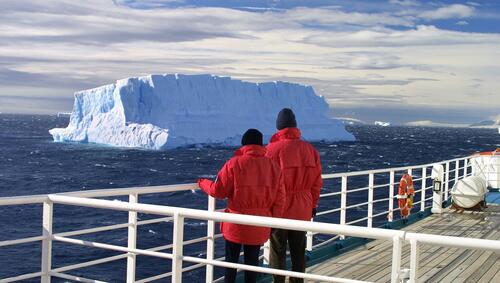One of the last truly untamed destinations, Antarctica offers a nearly untouched land featuring endless white landscapes, soaring mountains, and massive, blue-tinged glaciers. Humpback and minke whales swim by fur seals floating on the ice, while beaches are dotted with elephant seals and huge nesting colonies with as many as a million penguin pairs.
Is it any wonder this continent is a coveted destination for intrepid travelers?
When it comes to your particular experience, the size of the ship you’ll cruise on can make a big difference. Most trips to Antarctica are taken on smaller vessels with less than 500 passengers aboard, which offer the once-in-a-lifetime experience of walking on the ice. Ships with over 500 passengers can’t go ashore due to the Antarctic Treaty. Instead, they sail around the Antarctic Peninsula and the islands, providing views of the coastal landscapes from the water and perhaps glimpses of wildlife.
Assuming your expedition is on the typical smaller-sized ship that provides the full adventure, here is what you can expect from your Antarctic cruise.
It Won't Be As Cold As You Think
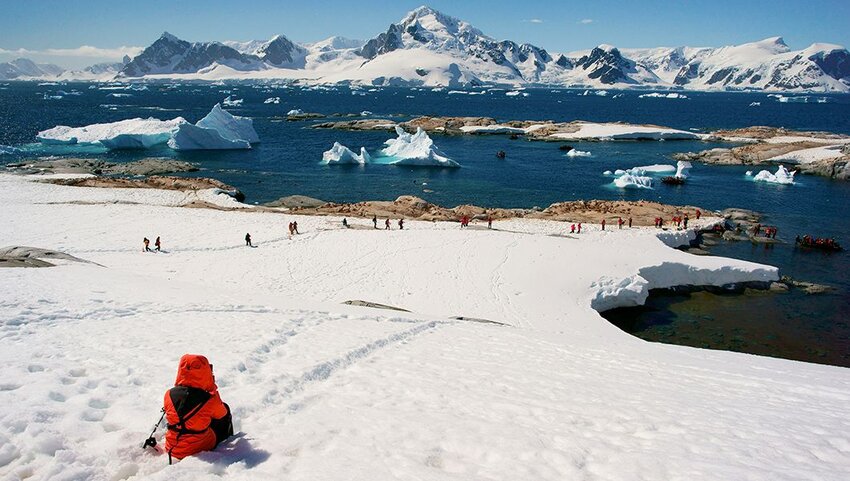
Antarctica conjures images of a year-round frozen tundra, plummeting temperatures, and howling blizzards. And yes, the interior of the continent sees average temperatures well below 0 degrees Fahrenheit. But along the coast, the summer, which runs late November through early March, can be quite nice. The Antarctic Peninsula, which is where most cruises dock, can get as warm as the mid-40s Fahrenheit which feels pleasant when the sun is shining on deck. Average temperatures range from 21 degrees in November to 32 degrees in December and 43 degrees in January before slowly dipping back down again in February and March. Antarctic cruises only run during the summer because the other months of the year see no sunlight, casting the continent in 24 hours of darkness. It’s also easier to travel in the summer due to the ability to cut through the ice.
There's Epic Wildlife Watching
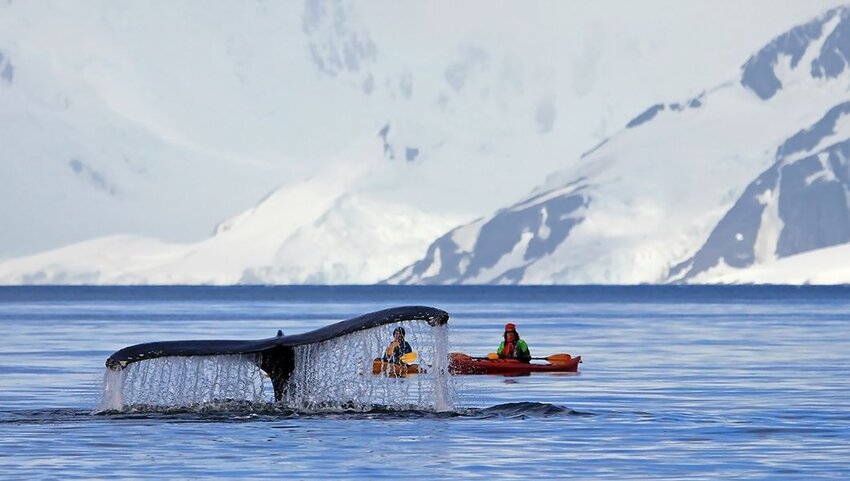
The wildlife spotting starts immediately, from the moment you leave the southernmost tip of South America. Fur seals, sea lions, and Magellanic penguins are commonly seen along the shores of Tierra del Fuego, South America's southernmost archipelago. Watch for all types of dolphins that love to ride the bow of the ship. In the Drake Passage, minke and humpback whales are frequently spotted in February and early March. You might also be treated to the more elusive sei whale sighting or even a pod of orcas.
While there are strict wildlife regulations that all visitors to Antarctica must abide by, including maintaining an approximately 16-foot (5 meters) distance or greater from all animals, some creatures are quite curious. When taking a land excursion, the penguins and seals might come very close to you on their own accord for some fantastic photo ops.
You'll Have the Chance to Learn From Real Experts

Nearly all Antarctic expedition cruise itineraries include information talks given by crew members who are experts in fields like wildlife and conservation, history, geology, and climate change. They aren’t compulsory but can be a great way to enhance your cruise and help you understand just how spectacular Antarctica truly is. Most take place on days when landings aren’t an option, providing more to do than standing on the deck watching for a glimpse of wildlife.
You Can Swim in Those Frigid Waters
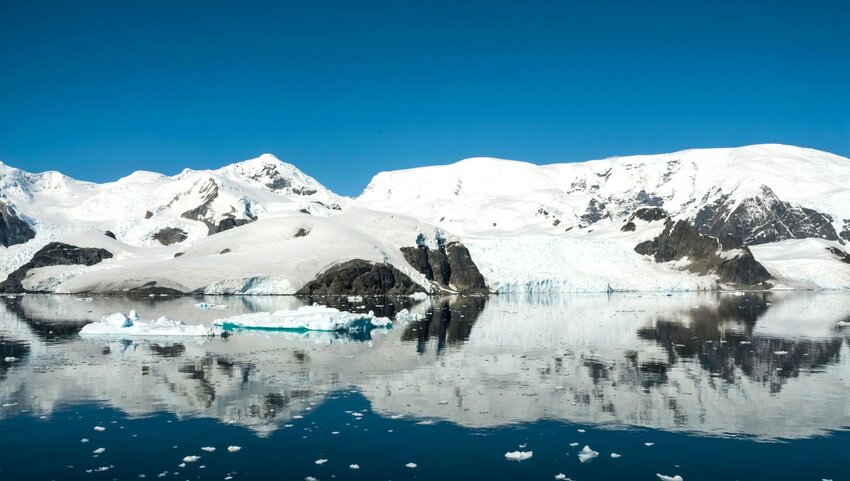
Ice bathing has become a popular trend over the past few years, and there’s no better place to try it out than on an Antarctica cruise. Many ships offer the opportunity, known as the polar plunge, which involves jumping into near-freezing water (typically between 35 and 45 degrees Fahrenheit). For dramatic effect, the plunges are usually done near a photogenic chunk of ice with the staff and passengers cheering the brave as they take the leap.
Certified divers (NAUI, PADI, or equivalent) who have dry-suit experience, might also be able to dive. Some ships offer this unique excursion that will allow you to explore the diverse underwater world at the base of the globe, home to abundant marine life.
The Journey Is Rough if You Suffer from Seasickness
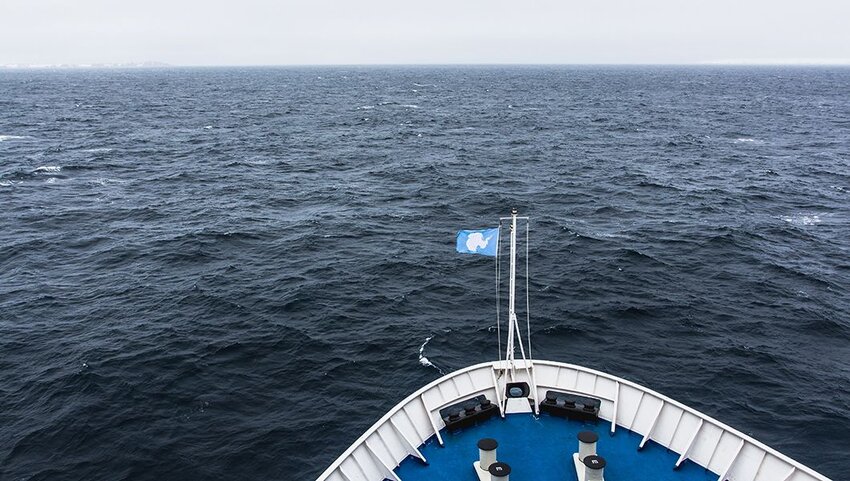
When planning your trip to Antarctica, you might daydream about the views and the wildlife, but reaching the continent is not always smooth sailing. Every cruise must sail through the infamous Drake Passage, a stretch of particularly choppy sea that reaches from Cape Horn to Antarctica’s South Shetland Islands. This route is the fastest way south, but it's often a bumpy ride, with strong currents, and shifting weather. Don't worry, with modern technology and trained captains, the journey is safe. But if you're prone to seasickness, you might want to stock up on remedies before you board.
Antarctica Doesn't Have a Time Zone
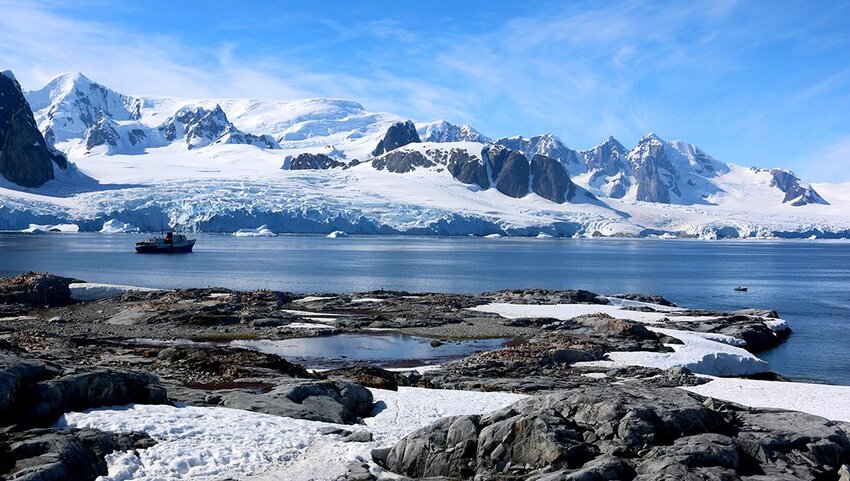
There are no permanent residents in Antarctica who have to worry about what time it is, so there's no official Antarctica time zone. Those who visit, including researchers, follow the time zones of their own countries. It’s simply another unique aspect of a cruise to Antarctica.

